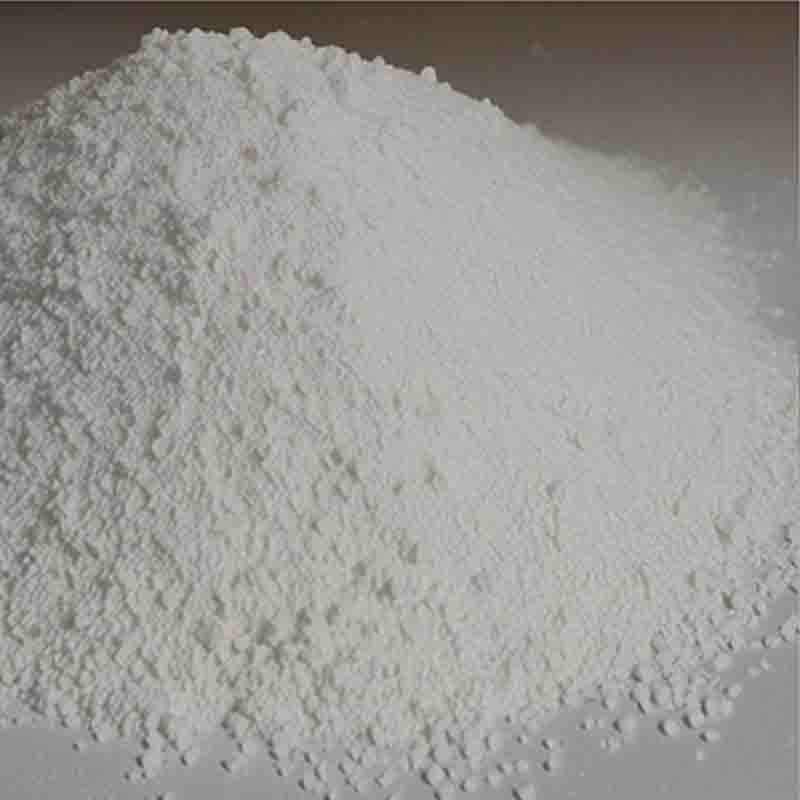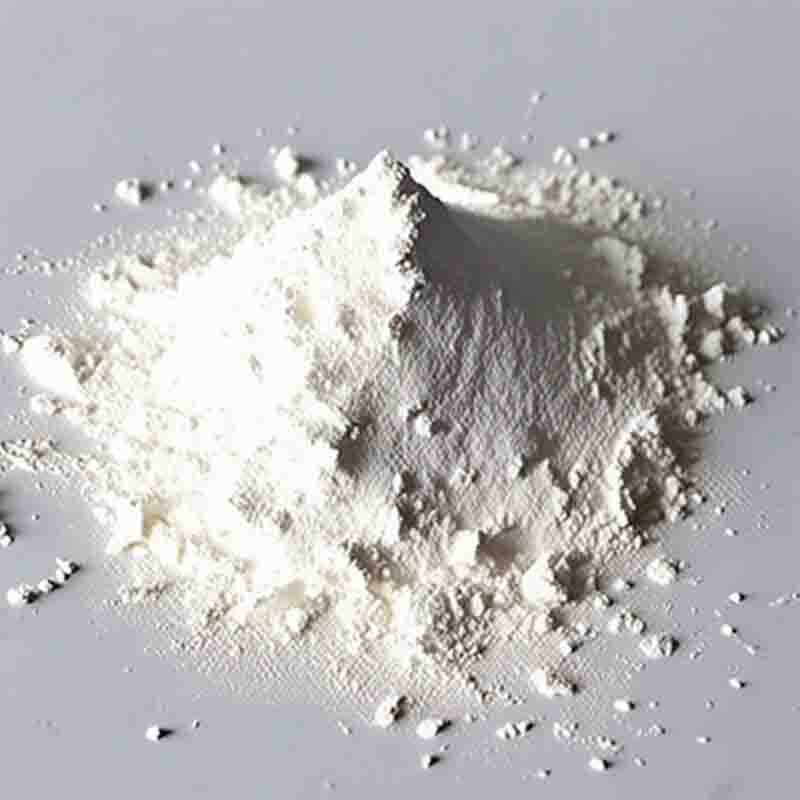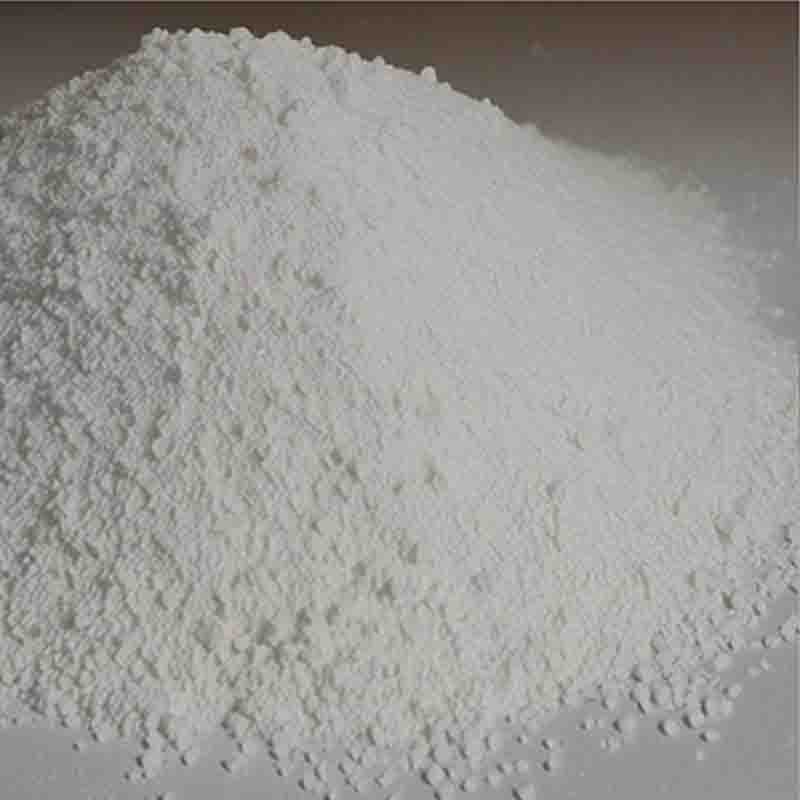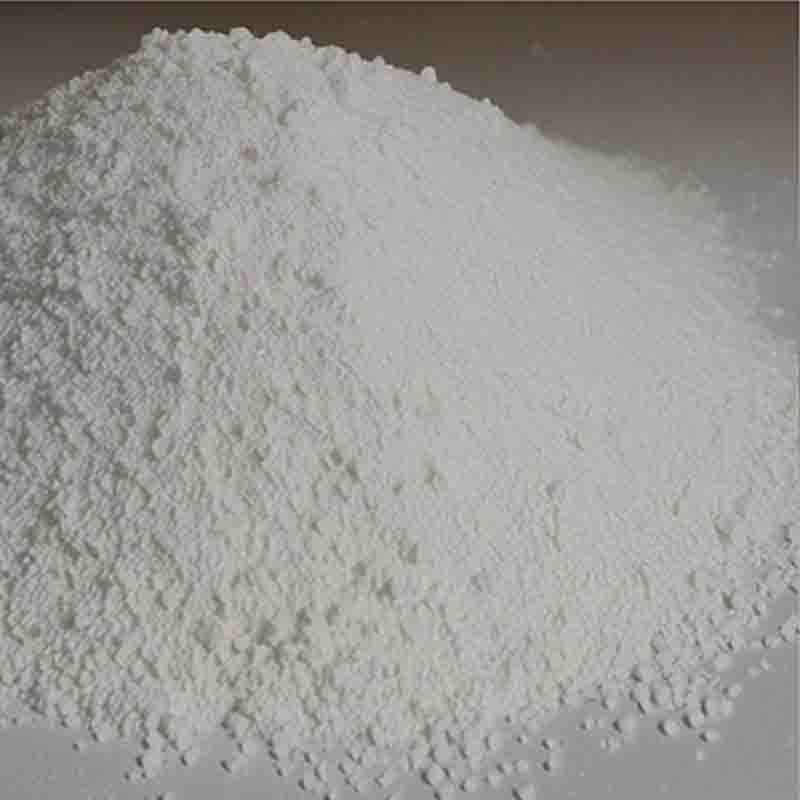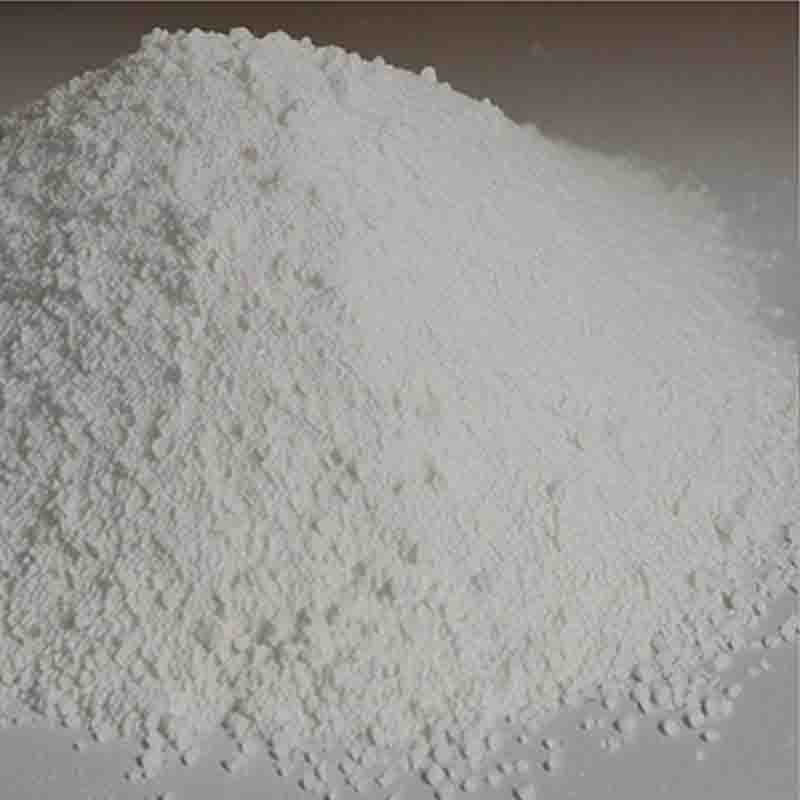(BICYCLO[2.2.1]HEPTA-2,5-DIENE)CHLORORHODIUM(I) DIMER CAS: 12257-42-0
| Catalog Number | XD94452 |
| Product Name | (BICYCLO[2.2.1]HEPTA-2,5-DIENE)CHLORORHODIUM(I) DIMER |
| CAS | 12257-42-0 |
| Molecular Formula | C14H16Cl2Rh28* |
| Molecular Weight | 460.99 |
| Storage Details | Ambient |
Product Specification
| Appearance | White powder |
| Assay | 99% min |
(BICYCLO[2.2.1]HEPTA-2,5-DIENE)CHLORORHODIUM(I) DIMER, also known as CpRhCl(dimer), is an important organometallic complex frequently employed as a catalyst in various organic transformations. It consists of a rhodium metal center coordinated with a chloride ligand and the bicyclo[2.2.1]hepta-2,5-diene (Cp) ligand.One of the key applications of CpRhCl(dimer) is in the catalytic hydroformylation of alkenes. Hydroformylation, also known as the oxo reaction, involves the addition of a formyl group (CHO) and a hydrogen atom to the carbon-carbon double bond of an alkene. CpRhCl(dimer) acts as a catalyst in this process, facilitating the insertion of carbon monoxide and hydrogen into the alkene bond. Hydroformylation is a crucial step in the production of aldehydes, which find numerous uses in the synthesis of fine chemicals and pharmaceutical intermediates.Additionally, CpRhCl(dimer) plays a vital role in the catalytic hydrogenation of carbon-oxygen double bonds, such as carbonyl groups present in aldehydes, ketones, and esters. The catalyst can selectively convert these functional groups into the corresponding alcohols through the addition of hydrogen atoms. CpRhCl(dimer) provides excellent control over the chemoselectivity of the reaction, allowing chemists to tailor the synthesis of specific alcohol products.Another significant application of Cp*RhCl(dimer) lies in the catalytic formation of carbon-carbon bonds through coupling reactions. It can mediate reactions such as the carbonylative coupling of aryl halides and alkynes, leading to the formation of α,β-unsaturated ketones. These reactions enable the synthesis of complex organic molecules, including natural products and pharmaceuticals, by constructing carbon-carbon bonds with high efficiency and selectivity.Furthermore, Cp*RhCl(dimer) is utilized in the synthesis of chiral compounds through asymmetric hydrogenation reactions. By introducing chiral ligands along with the catalyst, it can serve as an effective tool for the enantioselective reduction of prochiral substrates. This enables the synthesis of enantiomerically pure compounds, which are crucial in various industries, including pharmaceuticals, agrochemicals, and materials science.Cp*RhCl(dimer) also finds applications in other catalytic processes, such as the activation of carbon-halogen bonds and the synthesis of biologically relevant molecules. Its unique electronic and steric properties allow for efficient and selective transformations, making it a valuable tool in organic synthesis.In summary, (BICYCLO[2.2.1]HEPTA-2,5-DIENE)CHLORORHODIUM(I) DIMER, or CpRhCl(dimer), serves as a versatile catalyst in various organic reactions. Its applications include hydroformylation, hydrogenation, coupling reactions, and asymmetric hydrogenation. CpRhCl(dimer) offers chemists the ability to selectively functionalize carbon-carbon and carbon-oxygen bonds, facilitating the synthesis of diverse organic compounds with high efficiency and selectivity. Its broad utility in organic synthesis makes it an indispensable tool in the advancement of chemical research and the development of new molecules for various applications.


![(BICYCLO[2.2.1]HEPTA-2,5-DIENE)CHLORORHODIUM(I) DIMER CAS: 12257-42-0 Featured Image](https://cdn.globalso.com/xdbiochems/白色粉末2688.jpg)
![(BICYCLO[2.2.1]HEPTA-2,5-DIENE)CHLORORHODIUM(I) DIMER CAS: 12257-42-0](https://cdn.globalso.com/xdbiochems/粉末459.jpg)
